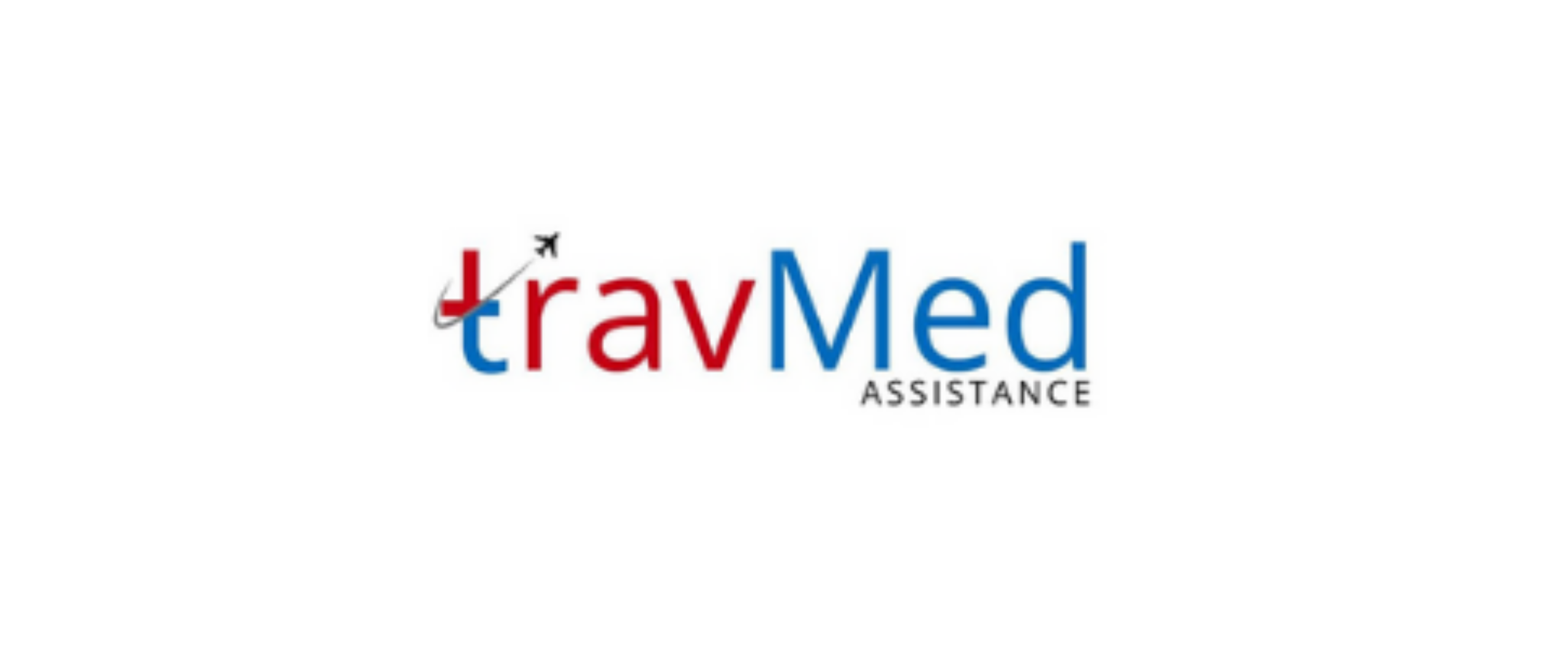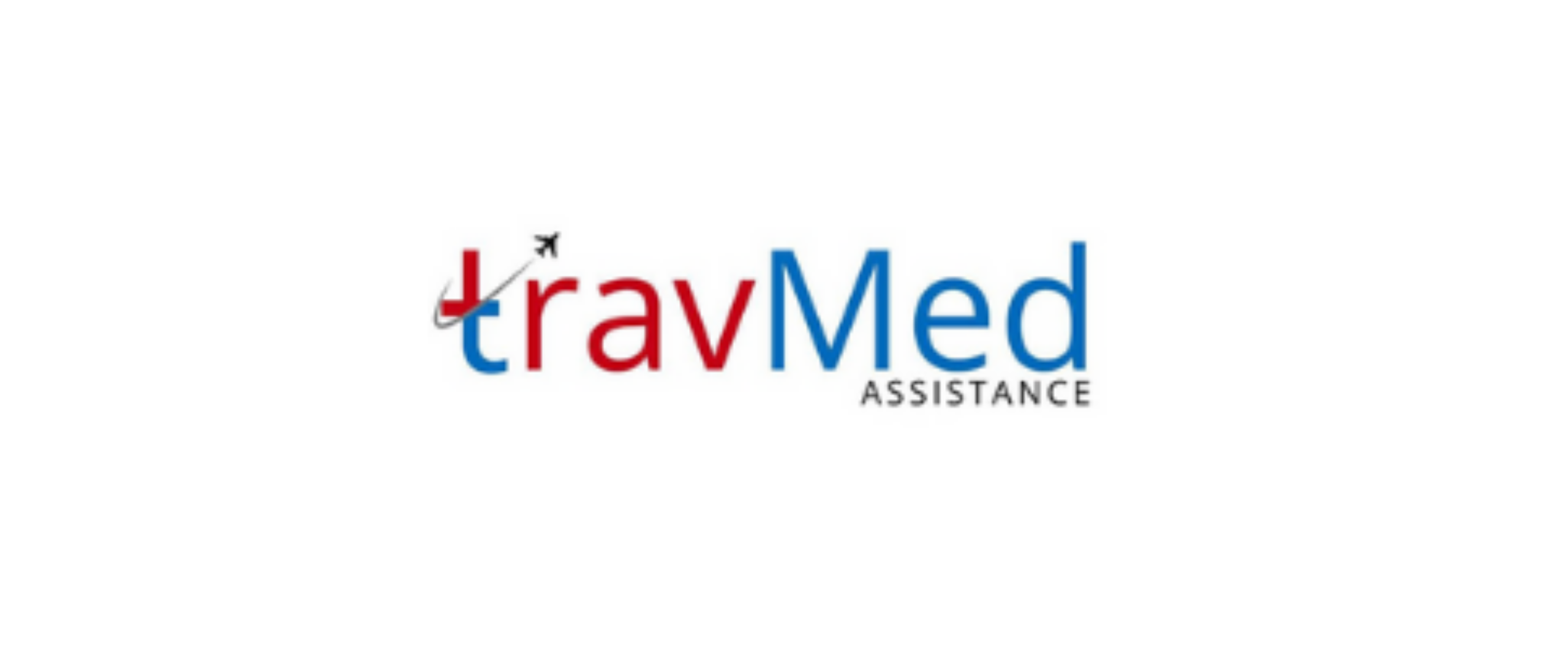
Helicopter rescue operations in Nepal involve the use of rotary-wing aircraft to evacuate individuals from remote or inaccessible areas during emergencies. These operations are essential in Nepal’s rugged terrain, where ground transportation is often challenging or impossible. Helicopter rescues are typically conducted for medical emergencies, natural disasters, or to assist stranded trekkers and mountaineers. The operations involve highly skilled pilots, medical personnel, and specialized equipment to safely extract and transport individuals to appropriate medical facilities or safe locations. In Nepal, helicopter rescues play a crucial role in saving lives, particularly in the Himalayan regions where altitude sickness and other medical emergencies are common among trekkers and climbers.
Who provides helicopter rescue services?
In Nepal, helicopter rescue services are provided by a combination of private companies, government agencies, and non-profit organizations. The primary providers include:
- Private helicopter companies: Fishtail Air, Simrik Air, Air Dynasty, Shree Airlines, and Kailash Helicopter Services
- Nepal Army Air Wing
- Nepal Police Air Wing
- Himalayan Rescue Association (HRA)
These providers work in coordination with the Civil Aviation Authority of Nepal (CAAN) and the Ministry of Culture, Tourism and Civil Aviation to ensure safe and efficient rescue operations. Private companies often collaborate with international travel insurance providers to offer rescue services to tourists and trekkers. The Nepal Army and Police Air Wings are primarily involved in government-sanctioned rescue missions and disaster response operations. The HRA, a non-profit organization, focuses on providing medical assistance and rescue services in remote mountainous regions.
How do rescue operations work in Nepal?
Helicopter rescue operations in Nepal follow a structured process to ensure swift and effective response:
- Emergency call received by rescue coordination center
- Assessment of situation and determination of rescue requirements
- Selection of appropriate helicopter and crew
- Dispatch of rescue team to the incident location
- On-site assessment and stabilization of patient(s)
- Loading of patient(s) and equipment into the helicopter
- Transport to nearest appropriate medical facility
- Handover of patient(s) to medical staff
The rescue coordination center, often operated by private companies or the Nepal Army, acts as the central point of contact for initiating rescue operations. They coordinate with various stakeholders, including local authorities, hospitals, and insurance providers, to ensure a smooth rescue process. Weather conditions and terrain challenges are carefully evaluated to determine the feasibility and safety of the operation. In some cases, multiple helicopters or ground teams may be deployed to assist in complex rescue scenarios.
What documents are required for helicopter rescues?
For helicopter rescues in Nepal, several documents are typically required to facilitate the process:
- Valid passport and visa
- Travel insurance policy details
- Trekking permit (if applicable)
- Medical report or doctor’s recommendation (if available)
- Signed consent form for evacuation
- Credit card information or proof of payment
- Emergency contact information
These documents help rescue providers verify the identity of the individual, ensure proper authorization for the rescue, and process payment or insurance claims. In emergency situations where documents are not immediately available, rescue operations may still proceed, with documentation being handled later. It’s advisable for trekkers and travelers in Nepal to keep copies of essential documents easily accessible, including digital copies stored online or with emergency contacts.
How much do rescue operations cost?
The cost of helicopter rescue operations in Nepal can vary significantly depending on factors such as:
- Distance from Kathmandu or nearest airport
- Altitude of the rescue location
- Type of helicopter used
- Duration of the operation
- Number of passengers
- Additional medical services required
On average, rescue operations can range from $3,000 to $15,000 USD. For high-altitude rescues in remote areas like Everest Base Camp, costs can exceed $20,000 USD. These expenses typically cover the helicopter charter, fuel, crew fees, and basic medical supplies. Additional costs may include ground transportation, hospital fees, and specialized medical care. Most travel insurance policies cover helicopter rescues, but it’s essential to verify coverage limits and terms before traveling. Some rescue providers require upfront payment or credit card guarantees, with reimbursement handled through insurance claims later.
How long does a helicopter rescue take?
The duration of a helicopter rescue operation in Nepal depends on several factors:
- Distance from the base to the rescue site
- Weather conditions
- Altitude of the rescue location
- Complexity of the rescue scenario
- Patient’s condition and required medical interventions
Typically, a rescue operation from popular trekking areas like the Annapurna or Everest regions to Kathmandu can take 1-3 hours. This includes flight time to the rescue site, on-site patient stabilization and loading, and return flight to the hospital. For more remote locations or in challenging weather conditions, operations may take longer. In some cases, multiple stops or refueling may be necessary, extending the duration. It’s worth noting that the initial response time after receiving a distress call can vary, depending on helicopter availability and weather conditions. Rescue providers aim to initiate operations as quickly as possible to ensure timely medical intervention.
Are services available for all emergencies?
Helicopter rescue services in Nepal are available for a wide range of emergencies, including:
- Medical emergencies (altitude sickness, injuries, illnesses)
- Natural disasters (earthquakes, landslides, floods)
- Search and rescue operations for missing trekkers or climbers
- Evacuation from remote areas due to security concerns
- Transport of critical supplies or personnel during emergencies
However, the availability of services may be limited by factors such as:
- Extreme weather conditions
- Nighttime operations (most rescues are conducted during daylight hours)
- Very high altitudes (above 6,000 meters)
- Ongoing natural disasters affecting multiple areas
In cases where helicopter rescue is not possible, ground-based rescue teams may be deployed. For non-life-threatening situations, patients may be advised to wait for improved conditions or attempt ground evacuation if feasible. Rescue providers prioritize operations based on the severity of the emergency and the potential risk to life.
How reliable are helicopter rescue providers?
Helicopter rescue providers in Nepal generally maintain high standards of reliability and professionalism. Factors contributing to their reliability include:
- Experienced pilots with specialized training in high-altitude and mountain flying
- Well-maintained aircraft subject to regular safety inspections
- Adherence to international aviation safety standards
- Coordination with local authorities and medical facilities
- 24/7 operation of rescue coordination centers
However, challenges such as unpredictable weather, difficult terrain, and limited infrastructure in remote areas can occasionally impact rescue operations. To enhance reliability, many providers:
- Employ multiple helicopters and backup crews
- Maintain partnerships with international medical assistance companies
- Invest in advanced navigation and communication equipment
- Conduct regular training and safety drills
While the overall reliability of helicopter rescue services in Nepal is good, it’s important for travelers to understand the inherent risks associated with high-altitude and remote area rescues. Choosing reputable providers and having comprehensive travel insurance can help ensure access to reliable rescue services when needed.
Are rescues available nationwide in Nepal?
Helicopter rescue services are available throughout Nepal, but coverage and response times can vary depending on the region:
- Popular trekking areas (Everest, Annapurna, Langtang): Extensive coverage with multiple providers and quick response times
- Major cities and tourist destinations: Good coverage with relatively fast response
- Remote western and far-western regions: Limited coverage with potentially longer response times
Factors affecting nationwide availability include:
- Helicopter base locations (primarily in Kathmandu and Pokhara)
- Refueling stations and maintenance facilities
- Terrain and weather conditions in different regions
- Local infrastructure and landing sites
While rescues are technically possible in most parts of Nepal, practical limitations may exist in very remote or politically sensitive areas. The government and rescue providers continually work to expand coverage and improve response capabilities across the country. Travelers venturing into less-frequented areas should be aware of potential limitations in rescue services and plan accordingly.
How do I request helicopter rescue services?
To request helicopter rescue services in Nepal, follow these steps:
- Contact your trekking agency or tour operator (if applicable)
- Call your travel insurance provider’s emergency assistance number
- Reach out to a local helicopter rescue company directly
- Contact the nearest police station or local authorities
- Get in touch with your embassy or consulate in Nepal
When requesting a rescue, provide the following information:
- Your exact location (GPS coordinates if possible)
- Nature of the emergency
- Number of people requiring assistance
- Patient’s condition and symptoms
- Weather conditions at your location
- Any nearby landmarks or identifiable features
It’s advisable to have emergency contact numbers readily available before traveling to remote areas. Some trekking agencies provide satellite phones or communication devices for emergencies. In popular trekking regions, teahouses and lodges often have means to contact rescue services. Remember that in remote areas, it may take time for your request to reach the appropriate rescue coordination center.
Can family accompany during helicopter rescues?
The ability for family members to accompany patients during helicopter rescues in Nepal depends on several factors:
- Available space in the helicopter
- Weight limitations
- Patient’s condition and required medical equipment
- Rescue location and altitude
In general:
- Small helicopters used for high-altitude rescues may only accommodate the patient and essential medical personnel
- Larger helicopters operating at lower altitudes may have space for one family member
- Multiple family members may need to be transported separately or use alternative means of transportation
Rescue providers prioritize the patient’s safety and medical needs when making decisions about additional passengers. In some cases, family members may be allowed to accompany the patient if:
- Their presence is deemed necessary for the patient’s well-being
- There is no impact on the rescue operation’s safety or efficiency
- The additional weight does not compromise the helicopter’s performance
It’s best to discuss this possibility with the rescue provider or coordination center when arranging the evacuation. Family members should be prepared for the possibility of separate transportation arrangements if they cannot accompany the patient on the rescue flight.
How is safety ensured during rescue operations?
Safety is a top priority in helicopter rescue operations in Nepal, with multiple measures in place to ensure the well-being of patients, crew, and the aircraft:
- Rigorous pilot training and certification: Pilots undergo specialized training for high-altitude and mountain flying
- Regular aircraft maintenance: Helicopters are subject to strict maintenance schedules and safety inspections
- Weather monitoring: Continuous assessment of weather conditions to ensure safe flying conditions
- Flight planning: Detailed route planning considering terrain, altitude, and potential landing sites
- Communication protocols: Constant communication between the helicopter, base, and rescue coordination center
- Medical equipment: Helicopters are equipped with essential medical supplies and often carry trained medical personnel
- Safety briefings: Patients and accompanying individuals receive safety instructions before the flight
- Weight and balance calculations: Careful consideration of payload to ensure optimal aircraft performance
- Use of specialized equipment: Night vision goggles, GPS systems, and altimeters for enhanced safety
- Standard operating procedures: Adherence to established protocols for various rescue scenarios
- Risk assessment: Continuous evaluation of risks throughout the operation with the ability to abort if conditions become unsafe
Rescue providers in Nepal work closely with aviation authorities to maintain high safety standards. While risks inherent to mountain flying and emergency operations exist, these comprehensive safety measures aim to minimize potential hazards and ensure successful rescue missions.


